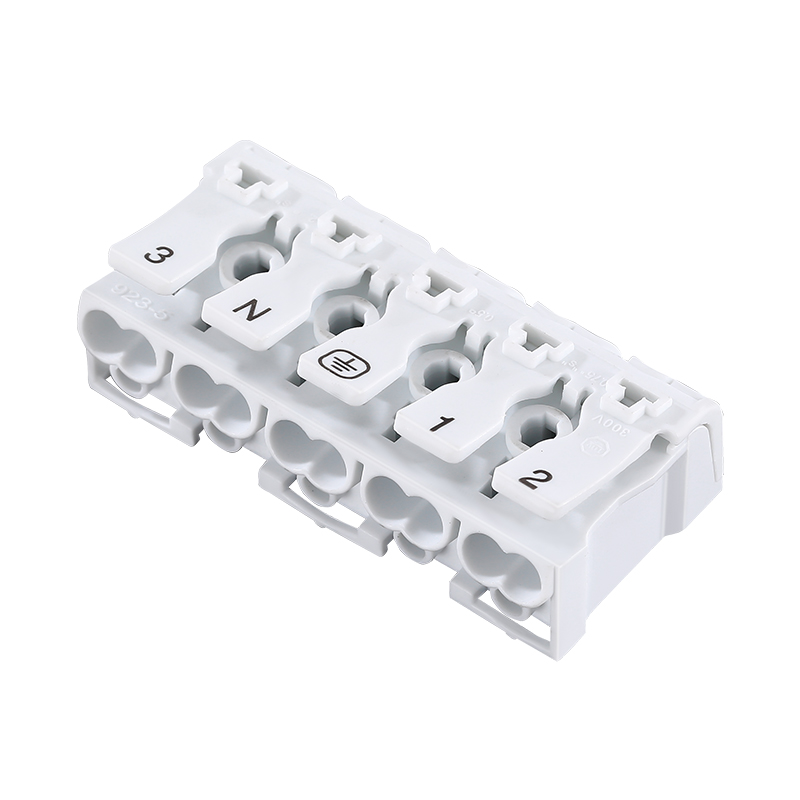The general parameters of quick connectors mainly include:
Rated current: refers to the maximum current that a connector can withstand, measured in amperes (A).
Rated voltage: refers to the maximum voltage that a connector can withstand, measured in volts (V).
Isolation voltage: refers to the maximum voltage value between two different polarity ports of a connector, measured in volts (V).
Insulation resistance: refers to the resistance value between two different polarity ports of a connector and between each port and the housing, measured in ohms (Ω).
Working temperature range: refers to the ambient temperature range in which the connector operates, usually a temperature range, such as -40 ℃ to+85 ℃.
Protection level: refers to the protection level of a connector, used to describe its waterproof, dustproof, corrosion-resistant, impact resistant and other performance. Usually represented by IP rating, such as IP68, where 6 represents dust resistance and 8 represents water resistance.
Wire cross-section: refers to the cross-sectional size of the connecting wire embedded in the connector pin, usually expressed in square millimeters (mm ²), such as 2.5mm ², 4mm ², etc.
Shell material: refers to the material used for the connector shell, commonly including plastic, aluminum alloy, stainless steel, etc.
These parameters are the basic factors to consider when choosing a quick connector, and users can choose according to their application needs.
